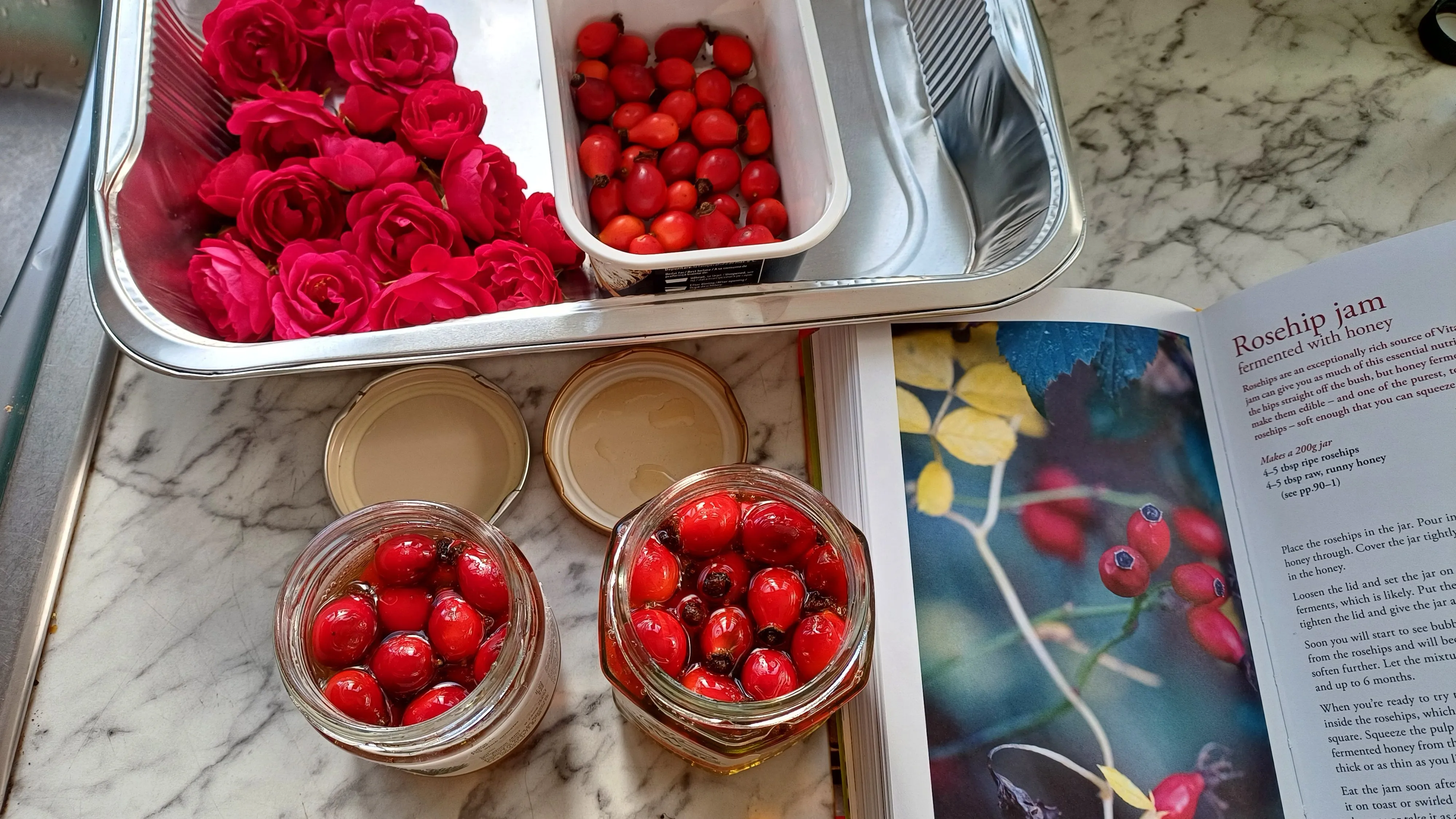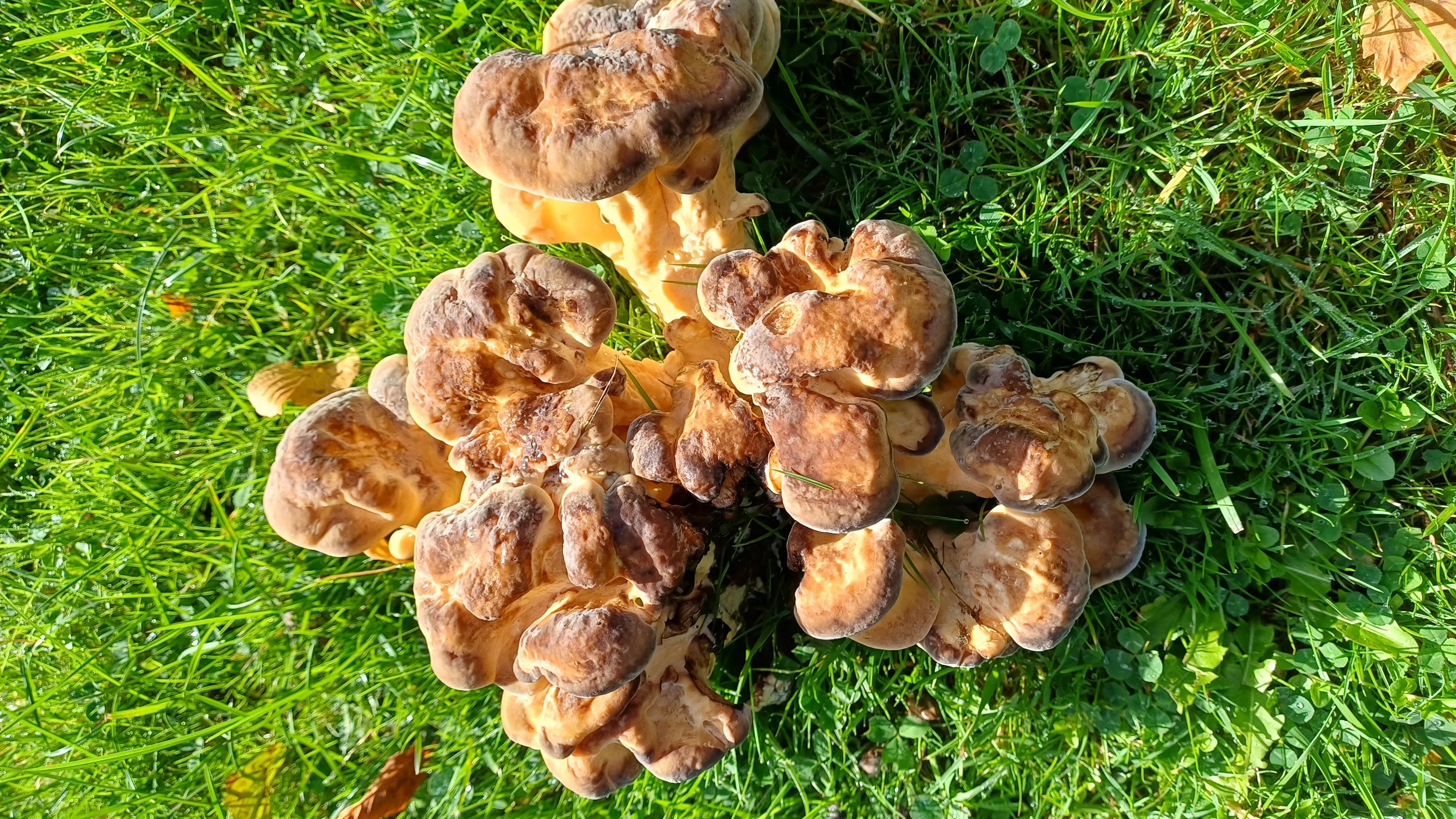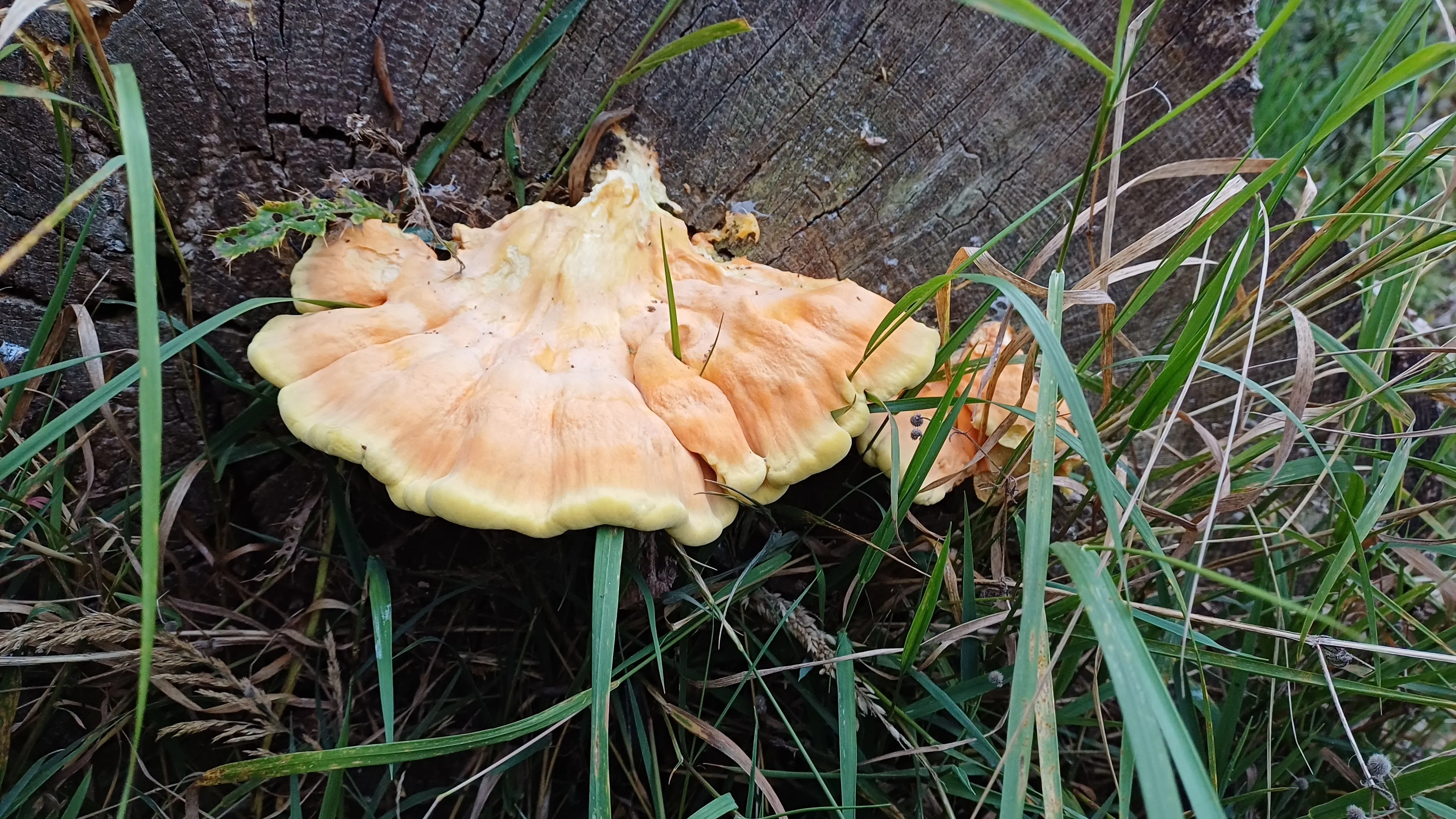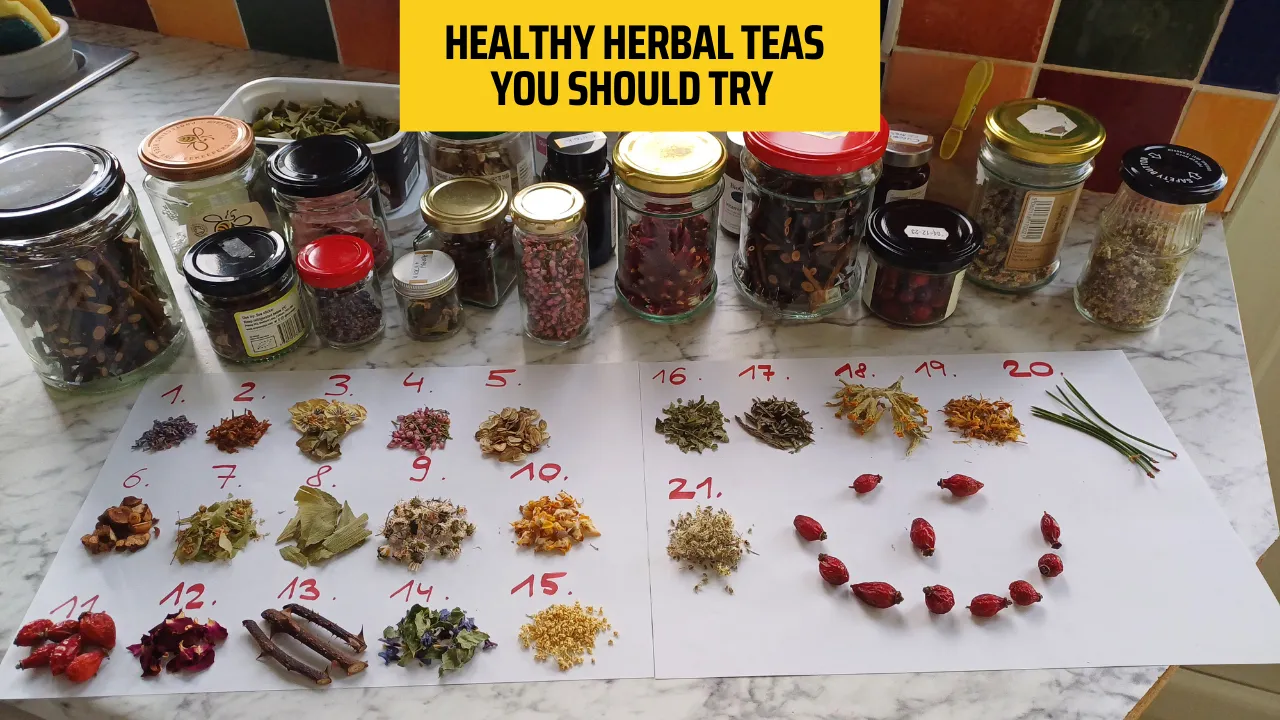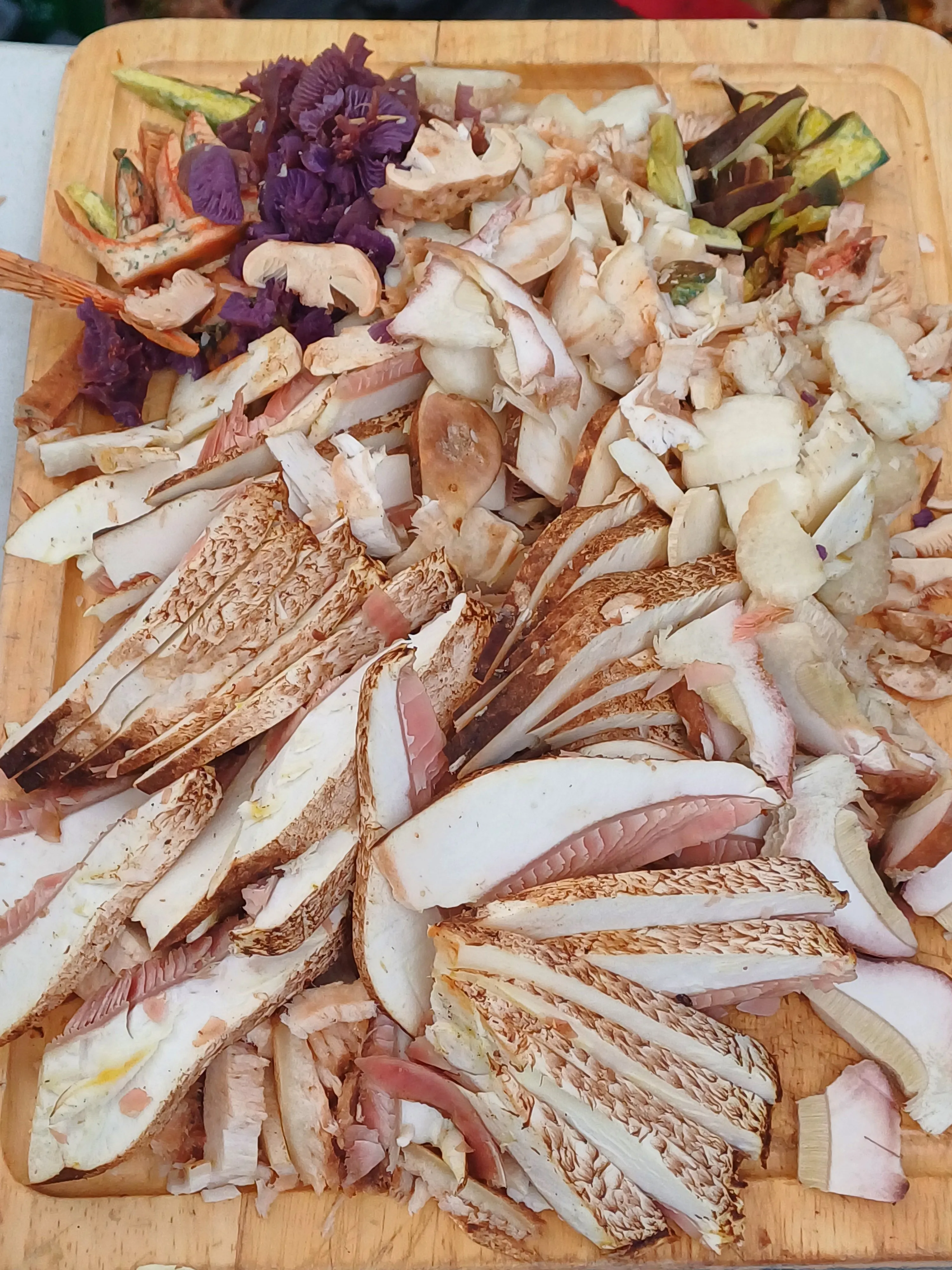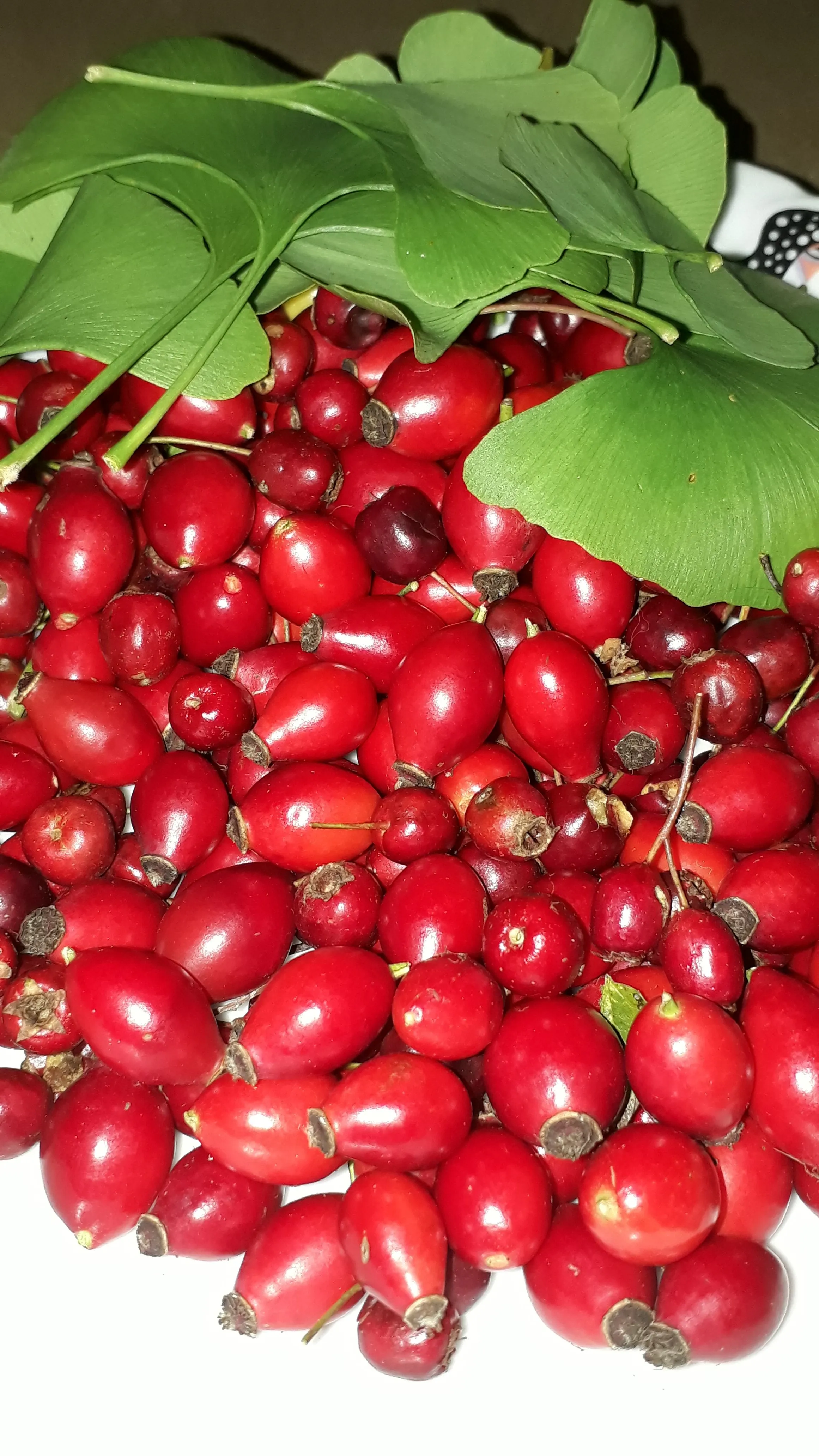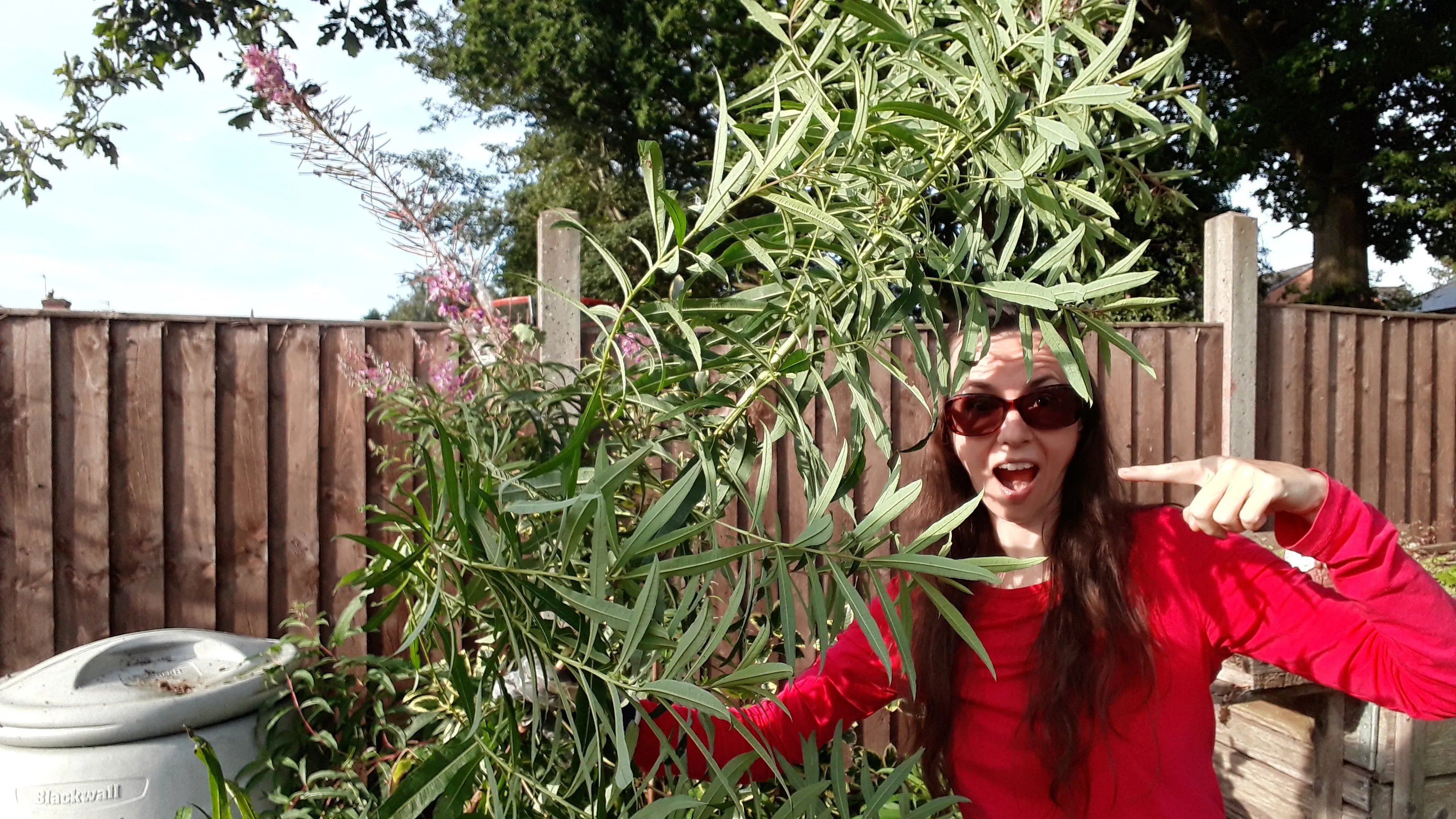All about Borage
You should definitely plant Borage in your garden. Borage, also known as a starflower, is an annual herb in the flowering plant family Boraginaceae; native to the Mediterranean region.
Borage is considered an herb, but is often grown as a flower. It is an easy, fast-growing, annual with vivid blue flowers and the flavour and scent of cucumbers. It's one of those plants that–once you’ve planted it in your garden–you’ll never have to plant it again.
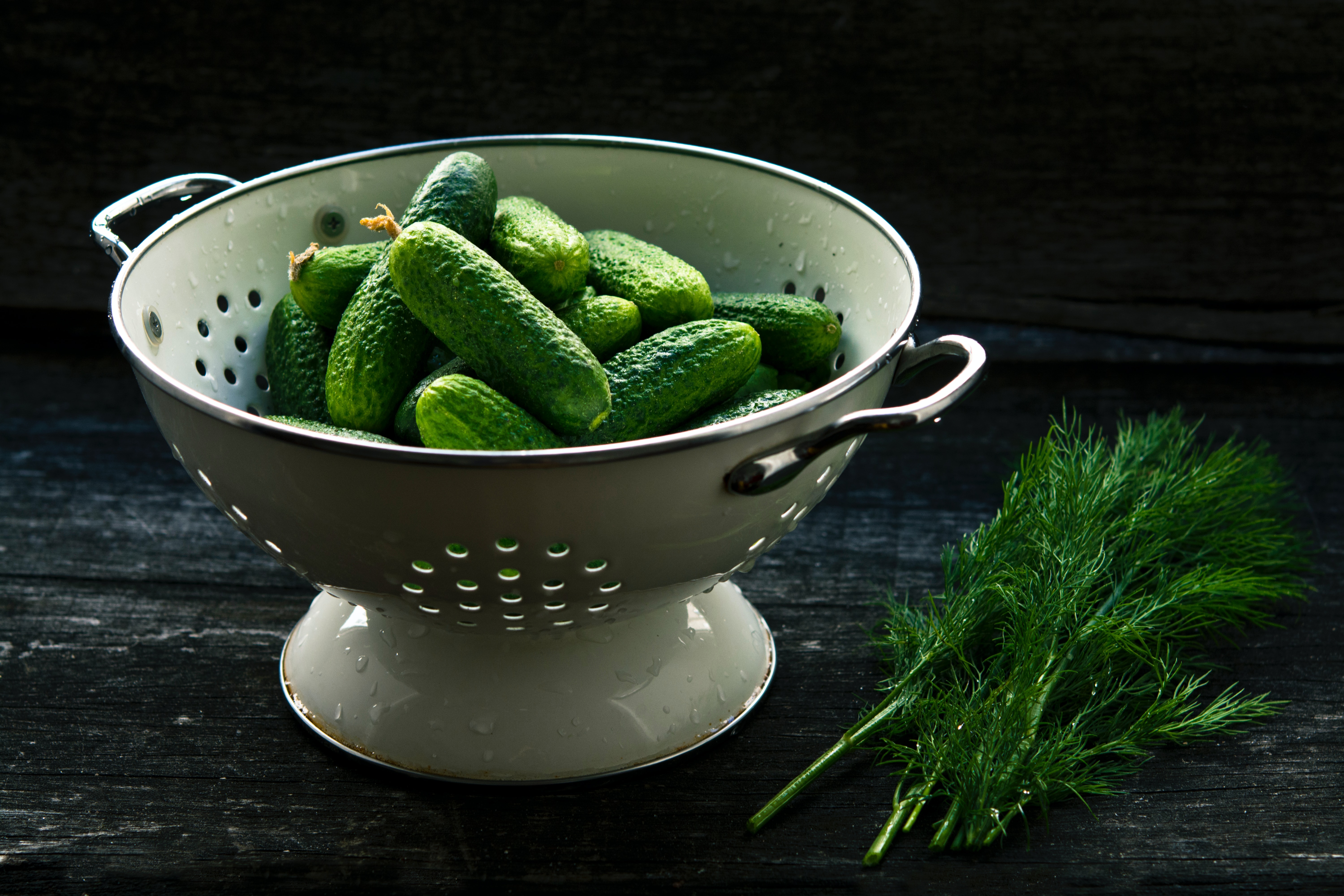
🐝Why It Attracts Insects🐝
Borage flowers attract beneficial pollinators like bees and butterflies to the garden, which are essential for plant reproduction. Borage also benefits gardens by attracting beneficial insects for natural pest control of common garden pests.
It's a prolific nectar producer herb that blooms for a long time. Its sweet free flowing nectar draws the bees onto these beautiful, vivid blue petals. Nectar has a sugar content (especially sucrose) of up to 53%. Pollen is also very nutritious. In some countries, #borage is therefore grown in the fields as a honey crop.
A single flowering plant attracts insects from a wide area, even at a time when nothing seems to fly. Although most visitors are bees, bumblebees, wasps and butterflies also show up. Just stop and watch for a moment.

🍓Borage Companion Planting🍓
Companion planting borage with vegetables and certain flowers can bolster each other and significantly improve your garden productivity. Borage flowers attract beneficial pollinators like bees and butterflies to the garden, which are essential for plant reproduction.
Additionally, borage releases calcium and potassium into the soil, which can help othere plants like squash and tomatoes to combat diseases such as blossom rot.
It’s a great companion plant for strawberries, squash and tomato plants.

🍹You Can Eat It🍹
You can eat the beautiful blue flowers, its leaves are also edible and can be used in a variety of ways. Its flowers have a refreshing taste. Pick blooms early in the morning and use them to brighten up a fresh salad, add some zest to a sandwich, mix into dips, and cook up in soups or stews. Harvest borage leaves when they are young for the best taste and texture.
You can use borage fresh as salad greens or steam them up like you would spinach or kale. Another option is to dry the leaves and set them aside for use as a dried herb or seasoning. It can also be enjoy as a tea and is a delightful treat when candied.
Pro Tip: Float the flowers in a glass of chilled lemonade for a refreshing summer treat.
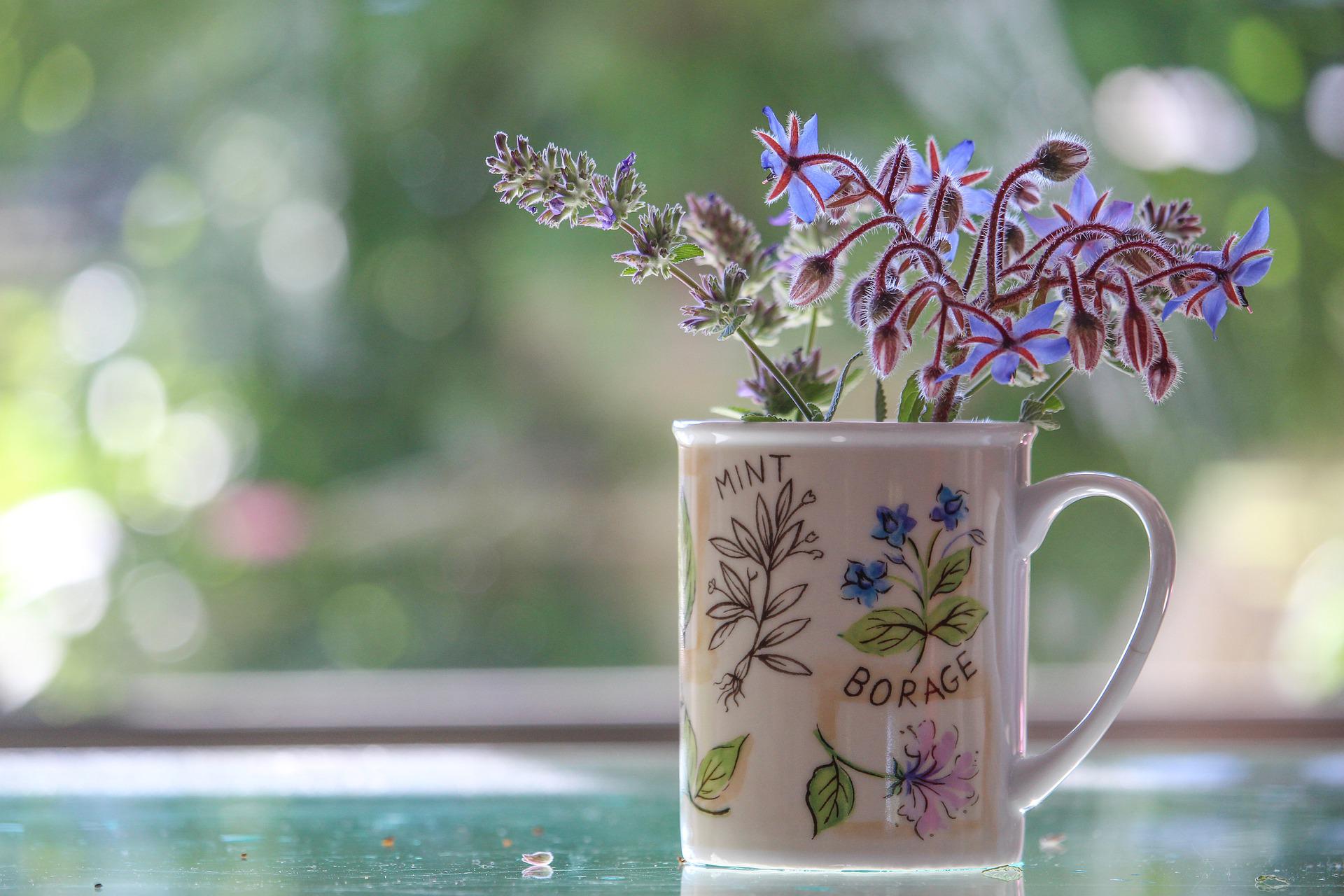
🌿Chop-and-Drop Free Garden Mulch🌿
Borage produces epic amounts of plant matter. To make the most of this biomass, chop it back regularly for chop-and-drop mulch. This mulch both suppresses weeds and enriches the soil as it decomposes.
In permaculture, this is an example of using and valuing renewable resources. Creating your own mulch on site reduces the need to buy/import materials.
It's an easy plant to pull. You can lay it in the path of your garden where it can decompose and add organic matter to your soil, or toss it in the compost. Either way, you’ll improve your garden soil.
Borage returns high nitrogen to the soil when it is tilled back in. The result is healthy soil, rich in nutrients and deeply aerated earth.
Have fun with this wonderful multi-purpose herb!
Get your seeds below
👇👇👇



